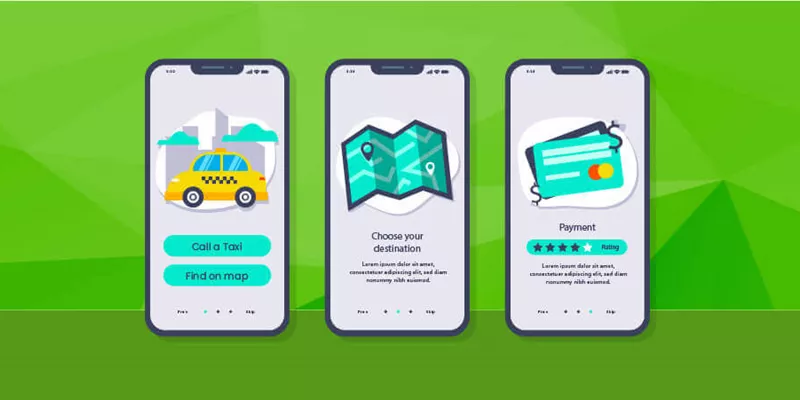Designing for Mobile Apps: Everything A Beginner Needs To Know
 Ronak Raj Mallick
June 18, 2020
Ronak Raj Mallick
June 18, 2020
If you're not a programmer, a developer, or an individual with the slightest bit of interest in tech, creating a mobile app could sound frightening.
Yet, it’s essential for business leaders who want to stay ahead during the digital age. Thankfully, there are beginner tools for those who want to try their hand at mobile app development.
The first step to developing new software is mobile UI design, especially if you’re a customer-centered business. What separates a good app from a bad app is UI/UX. With tons of apps in the market, user expectations are skyrocketing, especially for commerce.
We compiled all the details you’ll need to build the best consumer-facing app fit for your business.
What is a mobile app design?
Commonly confused to mean the same thing, mobile app design is different from mobile app development, although the two should blend seamlessly to create good software. App designers are in charge of the overall visual appeal, while developers ensure that every function works smoothly.
In this guide, we will focus on the mobile app design, which refers to the style and layout of the application, such as colors, font, buttons, and text.
Quick design dos and don’ts
Every operating system has its requirements. The iOS design guidelines do not apply for android UI design, and vice versa. Even so, some rules apply regardless of the platform you’re designing for, such as:
- Less is more
- Prioritize readability
- Every design should have a goal
- Maintain the flow
One thing that developers need to be extremely careful of is applying the wrong design considerations for Android and iOS platforms. A wrong layout could affect their navigation patterns, buttons, and font selections – which are mostly contrasting, resulting in users deleting the app after the first try.
The industry’s best practices
Setting aside Android design guidelines and its counterpart, it’s time to look at the industry’s best practices that cover all mobile app designs.
- Be careful of overwhelming the user with information.
Like any machine, the human brain can only process so much before it starts to unconsciously goes from in-depth reading to light scanning. When designing an app, it's ideal for minimizing cognitive load and displaying only vital information. Otherwise, there's a risk of users abandoning the task when they get too overwhelmed.
- Keep content to a minimum.
It may be tempting to fill the screen with pretty graphics, but it’s best to only present users with what they need to know. Overloading content could compromise a user’s ease with your app. Instead, improve comprehension by displaying minimum content. You could try out the technique of progressive disclosure to show more options without flooding the screen.
- Use familiar screens
Many software screens are intuitive to users because these are present across a ton of platforms. Pages like "Getting Started," "What's New," and "Search" doesn't require additional explanation. Applying the same familiar titles to your app allows users to navigate it with little to no learning curve – which means plus points for usability!
Ronak Raj Mallick is a Technical Lead-iOS at Intelegencia. Apart from instructing machine what to do, he loves to read software journals & learn new technology.
Comment(s)
_BlogComment.Message
Leave your comment
Get Started Now
Future-proof your brand with Intelegencia. Fill out the form and we'll be in touch soon.
